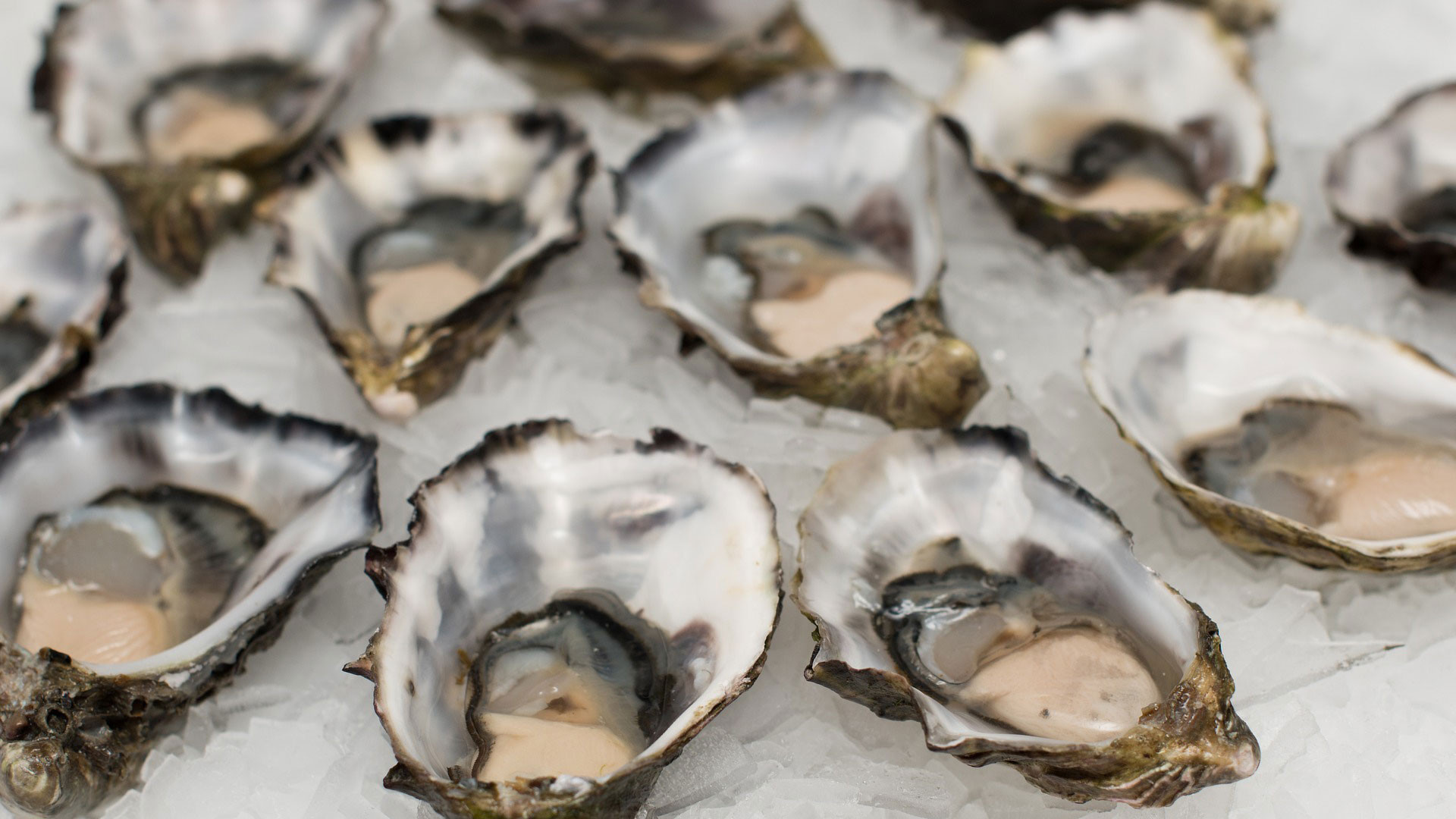
The Oyster Festival - Feast of St Joseph
Oysters, the shellfish of seduction, are one of the greatest specialities of the Southern Dalmatian coast, particularly those from the village of Mali Ston, just north of Dubrovnik. March is the time when these culinary aphrodisiacs are at their tastiest and plumpest. The romantic properties of oysters have been known since ancient times; the Dubrovnik Republic’s aristocrats savoured them at luxurious renaissance feasts. The oysters cultivated in the bay of Mali Ston, where the sea is considered the cleanest and clearest in the world, have been celebrated and coveted for centuries by Emperors and royalty all over Europe for their legendary flavour and quality.
It’s no surprise then, that the blooming of oyster season coincides with the traditional Feast of St Joseph on March the 19th of each year. In the Roman Catholic calendar March the 19th always falls during Lent and traditionally, it is a day of abstinence. This explains the custom of St. Joseph’s feast tables being covered with meatless dishes. A treat for anyone with even the slightest interest in gastronomy, this four day celebration of the sea is begun by the oyster farmers in the village of Mali Ston, transported on traditional carts and then displayed all along the Stradun, Dubrovnik’s answer to a main street.
The oysters are prepared in every possible way, baked, fried, battered, roasted and accompanied by some of the finest local wines. Of course, sometimes the simplest pleasures are best and a squeeze of lemon is all that’s required. As you imbibe, local men wander the streets singing ‘klapa,' the traditional choir music of Dalmatia; some melodies are jolly and lighthearted, others more thoughtful. Either wander the marble streets and enjoy some of the 10,000 or more oysters brought into the city from Mali Ston, or head to one of the little seafood restaurants to experience the prime oyster catch at a comfortable table. Do not miss seafood specialities, like excellent ‘salata od hobotnica’ (octopus salad), ‘rižot od morskih plodova’ (shellfish risotto) and of course, oysters during the festival.
Gastro Tip - The flesh of fresh oysters should be a grey white colour, firm but tender, with a pleasant aroma of the sea. Good oysters for eating must be cold, fresh, of a medium size, tender and juicy with a good taste. Scoop out the flesh with a sharp knife or oyster fork and drizzle quickly with fresh lemon juice. Eat immediately, swallowing the oyster whole. The palate will retain a beautiful flavour of the sea, offset perfectly by the sharpness of the citrus.
